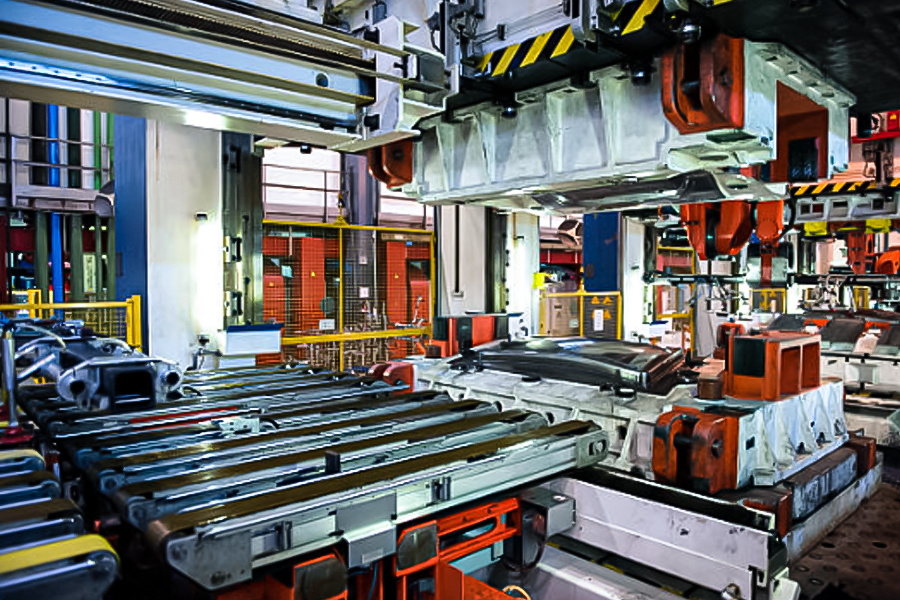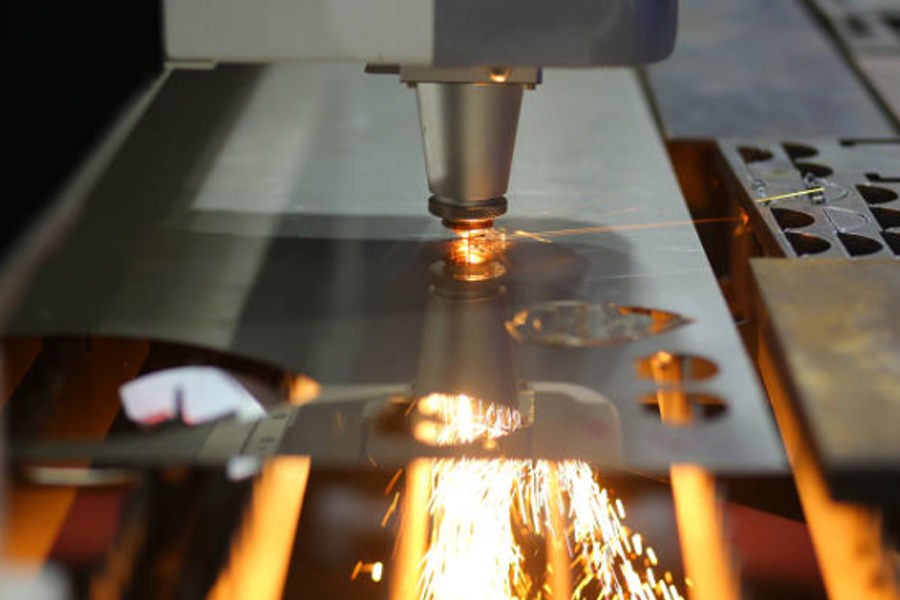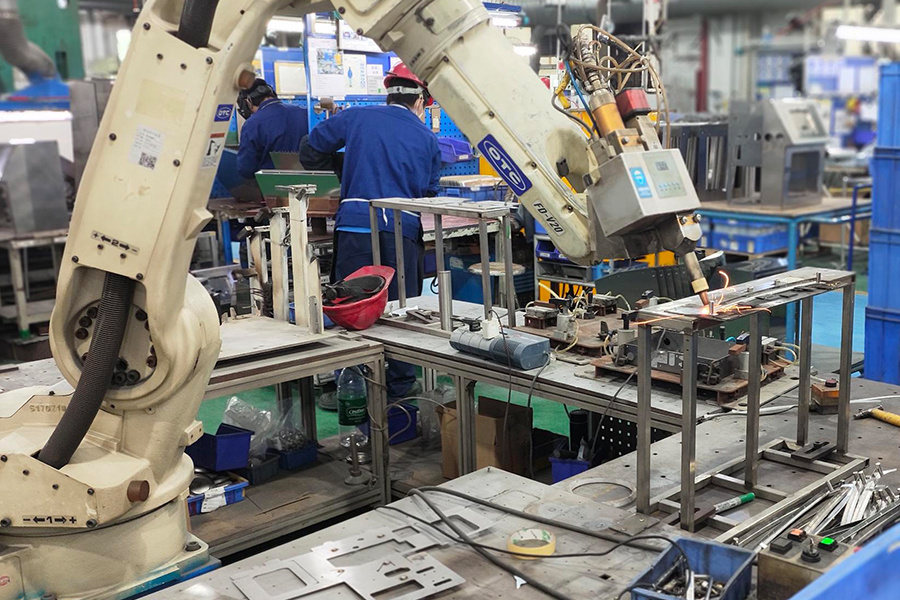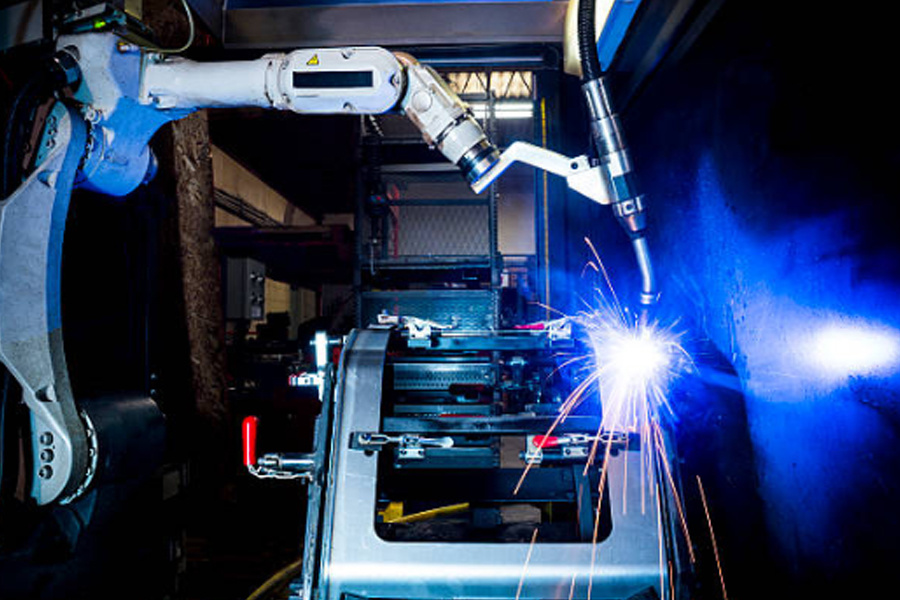Bending, stamping and welding technology: the core strength of mechanical manufacturing
Release time:
2025-05-07
Detailed explanation of the role of bending, stamping and welding technology in mechanical sheet metal processing, analysis of its advantages and application scenarios, answers to common questions, and shows the charm of core technology of mechanical manufacturing.
In the field of mechanical sheet metal processing, bending, stamping and welding processes are like the "iron triangle", which are the key technologies for shaping various metal components. From the parts of precision instruments to the frame structure of large equipment, the coordinated use of these processes makes the cold metal sheets glow with infinite possibilities. Next, let's take a deeper look at their respective roles and advantages.
The forming and connection of metal components are inseparable from bending, stamping and welding processes. The bending process gives the metal a specific angle and shape, the stamping process realizes the efficient forming of complex components, and the welding process firmly combines the components. These three processes complement each other and run through many links of mechanical sheet metal processing. Whether it is automobile parts manufacturing, building steel structure production, or home appliance shell processing, they can be seen. They not only determine the precision and quality of the product, but also affect production efficiency and cost. They are an important manifestation of the core competitiveness of mechanical sheet metal processing plants.

Bending process: giving metal a unique form
The bending process is to apply external force to make the metal sheet plastically deform under the action of the mold, so as to obtain the required angle, curvature or shape. It is like a magic that gives metal "curve beauty", which can turn flat plates into various components with specific bending angles, such as the folding edge of the chassis shell, the right-angle structure of the bracket, etc.
The advantages of the bending process are obvious. First, it can accurately control the bending angle and size to meet the design requirements of different products and provide a good foundation for subsequent assembly work; second, the operation is relatively flexible, and the mold and parameters can be adjusted according to the needs to quickly respond to diversified production tasks; third, for some small or medium-sized batch production, the cost of the bending process is low, which can effectively control the production cost while ensuring quality, and is especially suitable for mechanical sheet metal processing plants to meet the customized needs of different customers.
Stamping process: Efficient shaping of complex components
The stamping process is to use a press and a mold to apply pressure to the metal sheet to make it plastically deform or separate, so as to obtain parts of the required shape and size. It can quickly transform a simple metal plate into a complex and high-precision component, such as the inner door panel of a car, the metal shell of an electrical appliance, etc.
The biggest feature of the stamping process is high efficiency and high precision. On the one hand, stamping production can achieve automation and mass production, greatly improve production efficiency and reduce the production cost of a single product; on the other hand, the high-precision design and manufacturing of the mold ensures the dimensional accuracy and consistency of the stamping parts, so that the produced components can perfectly fit the overall structure and improve the overall quality and performance of the product. For mechanical sheet metal processing plants, stamping technology is an important means to meet the needs of large-scale orders and enhance market competitiveness.

Welding process: firmly connect metal components
The welding process is a processing method that uses heating, pressurization or both, and with or without filler materials to achieve atomic bonding of the workpiece. In mechanical manufacturing, the welding process firmly connects the various metal components that have been bent and stamped together to form a complete and stable structure. Whether it is the construction of steel structure bridges or the assembly of mechanical equipment, welding plays an indispensable role.
The advantages of the welding process are reflected in its strong connection strength and wide applicability. It can form a strong bond between metal components, ensure that the overall structure is not easy to separate when subjected to external forces, and ensure the safety and reliability of the product. At the same time, welding technology can be applied to a variety of metal materials and components of different shapes and sizes. By selecting appropriate welding methods and materials, it can meet the performance requirements of different products and provide strong support for the diversified production of mechanical sheet metal processing plants.
The synergistic value of bending, stamping and welding processes
Bending, stamping and welding processes are the core technologies of mechanical sheet metal processing, and each plays an irreplaceable role. The bending process shapes the shape of the metal, the stamping process achieves efficient forming, and the welding process completes the stable connection of the components. The three work closely together to create high-quality metal products. For mechanical sheet metal processing plants, mastering and reasonably using these processes can not only meet the diverse needs of customers, improve product quality and production efficiency, but also occupy an advantageous position in the fierce market competition. In the future, with the continuous innovation of process technology, they will continue to inject new vitality into the machinery manufacturing industry.
Key Words






